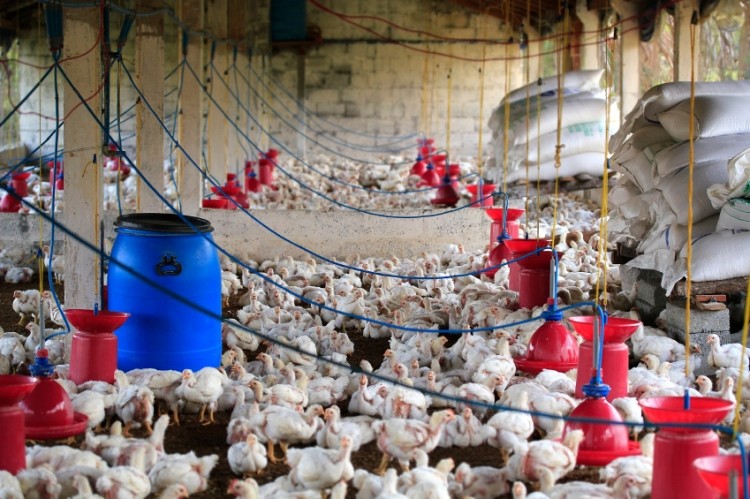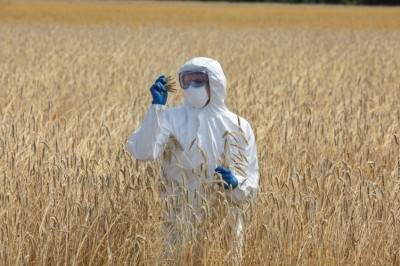Study claims common mycotoxin makes broilers more susceptible to necrotic enteritis

Poultry is considered rather tolerant to the Fusarium mycotoxin, deoxynivalenol (DON), and the authors, based at the University of Ghent and feed additive supplier, Biomin, said it had previously been thought that concentrations of DON higher than the EU threshold level of 5,000 µg/kg feed were necessary for the toxin to undermine the growth performance of broilers.
But, writing in the journal, PLoS One, the researchers said their study found that DON at concentrations in broiler feed below that EU ceiling negatively impacted intestinal barrier function and increased intestinal protein availability in the birds, which they said could stimulate growth and toxin production of Clostridium perfringens.
Pathogen hits poultry production globally
Worldwide, necrotic enteritis (NE) leads to significant production losses, increased feed consumption and mortality rates, as well as reduced welfare of broiler chickens, they note.
The causative agent of NE is Clostridium perfringens, a Gram-positive spore forming bacterium which occurs ubiquitously in the environment, in feed and in the gastrointestinal tract of animals and humans.
Predisposing factors including dietary, husbandry and immune factors are required to reproduce the disease.
Interplay between DON and enteric pathogens
The authors say only a few studies have investigated the interaction between DON and enteric pathogens.
The mycotoxin is one of the most common contaminants in poultry feed worldwide.
Recent data on global mycotoxin occurrence showed that 59% of 5,819 samples of animal feed tested positive for the presence of DON. The average contamination level was 1,104 µg DON per kg of feed, with a maximum observed level of 49,307 µg per kg of feed.
The feed contaminant, said the researchers, acts as an inhibitor of the protein synthesis at the ribosomal level whereby rapidly proliferating cells in tissues with high protein turnover rates, such as the immune system and small intestine, are most affected.
So DON, they said, negatively influences small intestinal epithelial cell integrity and morphology, and, as a result, feeding DON-contaminated diets can lead to greater susceptibility to enteric infections.
But prior to this research, it had not been conclusively shown whether the intestinal epithelial impairment caused by contamination levels of DON below 5,000 µg per kg of feed may act as an additional predisposing factor in broiler NE.
“We hypothesized that this intestinal damage may lead to higher protein availability for clostridial proliferation in the small intestine,” said the Biomin and University of Ghent team.
Hypothesis proved
Their trial, interestingly, revealed that DON, at a contamination level of 3,000 to 4,000 µg/kg feed, increased the percentage of birds with subclinical necrotic enteritis.
“We showed that DON has a cytotoxic effect on enterocytes, leading to an altered intestinal barrier function, resulting in an increased permeability of the intestinal wall.
Additionally, the shortened villus height could lead to a decreased absorption of dietary proteins, resulting in an increased protein concentration in the intestinal lumen.
These mechanisms lead to increased protein content in the intestinal lumen available for clostridial proliferation, resulting in the development of necrotic enteritis,” said the authors.
The full study, which received financial support from Biomin, can be read here.
Source: PLoS One. 2014; 9(9): e108775
Published online Sep 30, 2014. doi: 10.1371/journal.pone.0108775
Title: The Mycotoxin Deoxynivalenol Predisposes for the Development of Clostridium perfringens-Induced Necrotic Enteritis in Broiler Chickens
Authors: G. Antonissen et al







